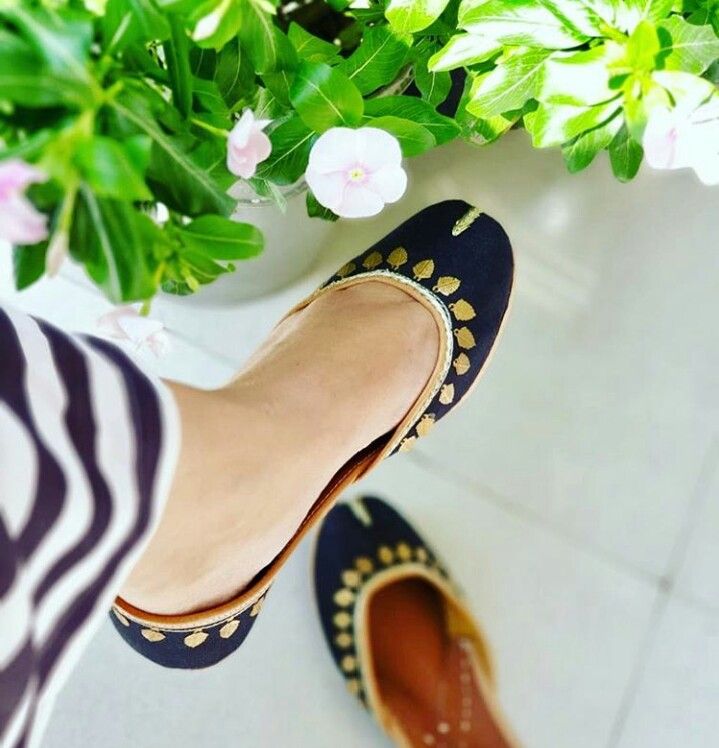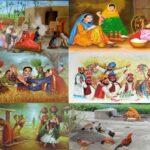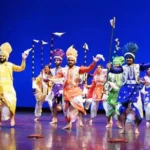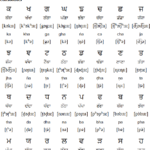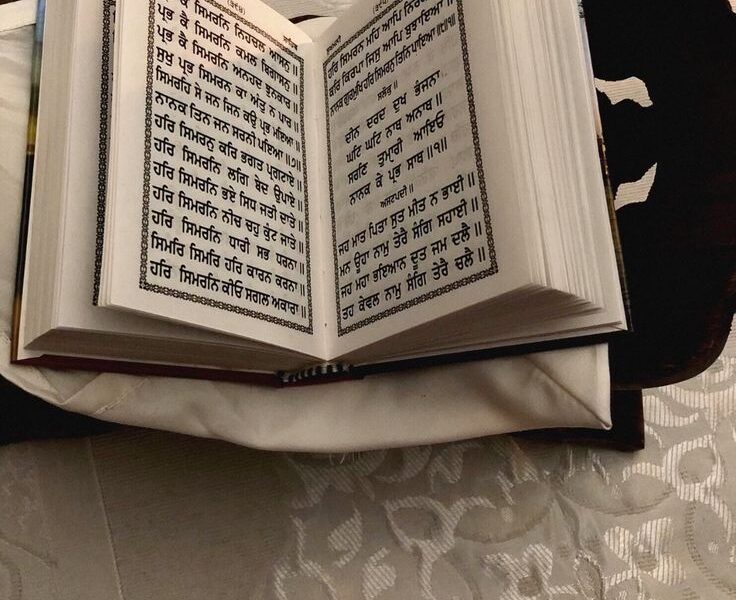Punjabi juttis represent traditional Punjab shoes, known worldwide for their beautiful design and intricate pattern. It can be described as a traditional Indian shoe, other states such as Rajasthan and Haryana also do. However, the word ‘jutti’ is common in Punjab, and similar traditional shoes are called khussa or more in other provinces. Jutti long shoes with curved edges. They are made of hardwood. Gold and silver threads are used to make embroidery on them.
There is a rich art exhibition in Punjabi jootis. They are brightly colored and are unusually traditional. There is a wide range of luxury items such as beads, pearls, colored strings, small mirrors, and seashells. Light juttis is considered the best. They are said to be so simple that even sparrows can fly with them. They are made in such a way that they give the Indian look of ethnicity to the wearer, combined with the royal look. Utility, as well as beauty, is the main concept behind the production of juttis. Dressed as sherwani they are not perfect without the grace of jutti.
Punjabi juttis designs are inspired by shoes worn by royalty during the Mughal period. Usually, they have a curved toe, which sets them apart from other shoes. They include a network known as ‘jaali’, which is made up of a mixture of different types of cables. Juttis comes in a wide variety; other popular King wedding jutti, style jutti, Khalsa jutti, punch zari and comfort juti, energetic jutti, and mesmeric embroidery jutti.
Punjabi juttis are slippery and comfortable on the feet. Cover the toes with an ornate upper or M-shaped upper part and leave the foot almost empty. Although widely available in the entire Punjab region, you can find the most amazing types of jutti in the town of Patiala. Muktsar, near Faridkot, is another famous jutti center. It is best known for the production of two types of juttis – khosa and Kasuri. More than 50 families in Muktsar are focused on making juttis.
In Urdu, a shoe with a closed top covered with a sole is called “Jutti”. Punjabi Jutti, also known as Jooti, Khussa, and Mojari are handmade leather shoes with beads and adorned with silk threads and sequins. It can be worn from everyday life, weddings, religious occasions to parties and celebrations.
History of Punjabi Jutti: Since the 16th century, Punjabi Jutti has played a major role in the reign of wealthy people, especially the Mughals Kings and Queens, Rajasthan & Punjab. These were elaborate ornaments that were heavily embroidered with gold or silver and pearls and precious stones and were worn by royal attire.
Evolution of Punjabi Jutti: Over time, pearls, gold, and silver threads were replaced by beads, ghungroos, silk threads, and other synthetic ornaments to make their way into the ordinary. Modern Day Jutti adds both luxury and style to it. This one type of shoe can combine seamlessly with a variety of outfits such as tees and jeans, dhoti pants, palazzo, and even a wedding dress. It is intended to attract the attention of any type of crowd.
Punjabi Jutti, as part of the traditional Punjabi tradition
Punjabi Jutti plays an important role in Punjabi culture. Pride and character of the Punjabis as they represent part of the appearance of the Gabroos (Punjabi boys) and Mutiyaars (young Punjabi girls), where Khussa is famous among the gabroos as it has a curved curve representing the Kundi Mooch (curled beard) of the Punjabi gabroo. While Kasoori jutti has soft embroidery that was imported directly from Kasur in the past (now made in Punjab again) it has gained popularity among mutiyaar, as it is said that only true Punjabi mutiyaar can go style with Punjabi jutti.
Types of Punjabi Jutti: Even among the basic jutti, Punjabi jutti comes with many variations that give it a different style to it. Some of these are:
Salem shahi Jutti: This type of jutti is characterized by a sharp, and sometimes curved, spade-shaped sole. The style is named after the famous Prince Mughal Saleem (Jahangir).
Tilla Jutti: This type of jutti comes with a special type of gold thread work called Zari work. This work can also be found in Lakhi, Milan, and Khosa Juttis, who fall under the category of Tilla jutti who vary in architectural designs.
Khussa Jutti: This type of jutti is designed for men with a curved tip at the front that represents masculinity similar to the kundi mooch of gabroo.
Lucky Jutti: Lucky Jutti is so-called, as in Punjabi the word “Luck” means waist and this type of jutti has a small middle space like a girl’s waist.
Kasuri Jutti: Kasuri juttis has a special toe design and was imported directly from the Kasur region in Pakistan in the past, but now it is also made in Punjab.
Jalsa Jutti: A kind of simple but attractive men’s jutti that can be worn casually, at weddings, religious ceremonies, and even at parties and functions.
Along with these basic styles that have been praised for so many years, other modern versions of juttis also entered the image that added a touch of modern or western style to traditional or ethnic style and the themes were Ghungroo style jutti, Mirror work jutti, printed. jutti, pom style jutti, denim style jutti, contemporary style jutti, and much more.
